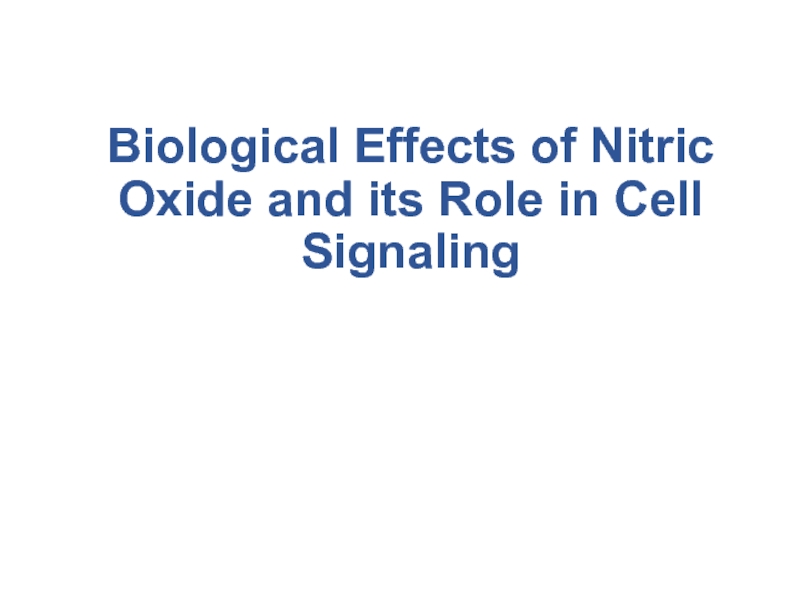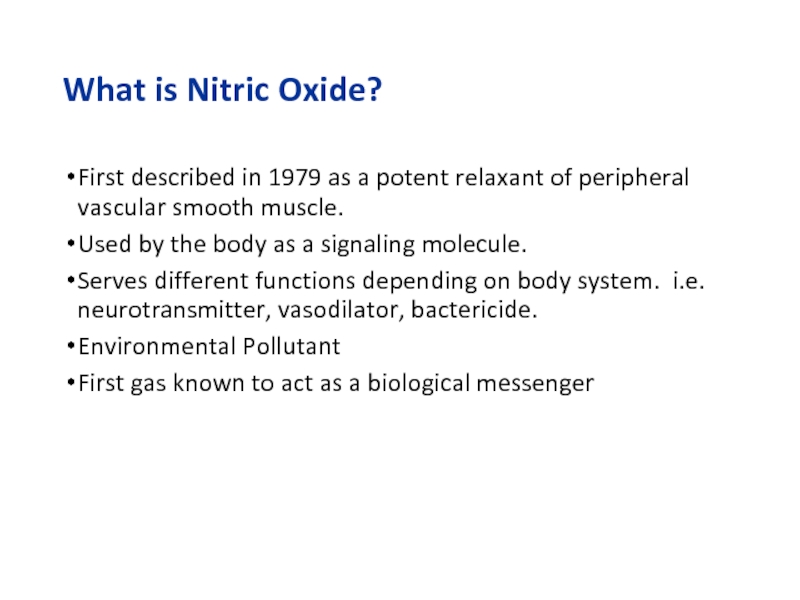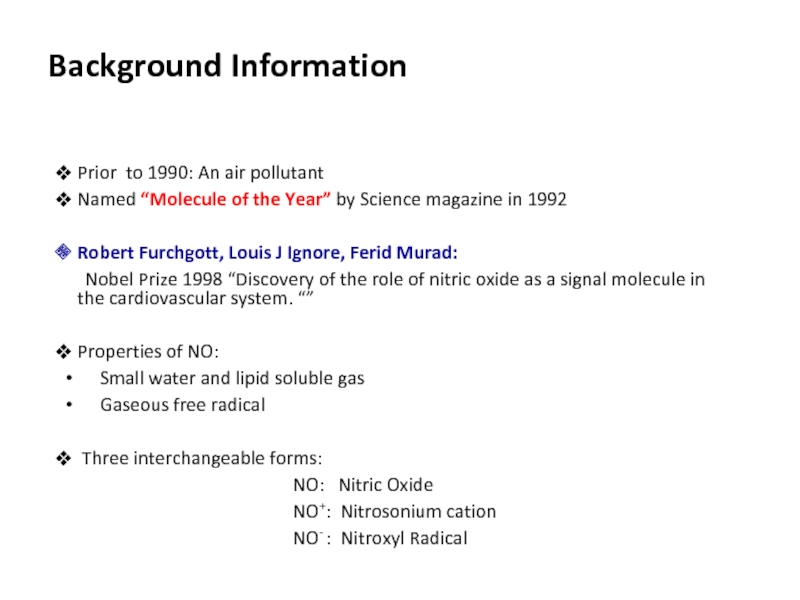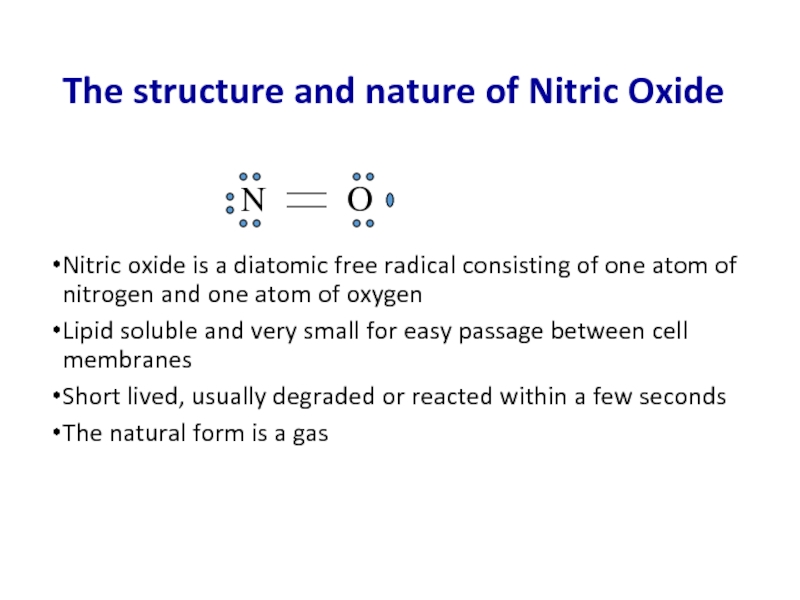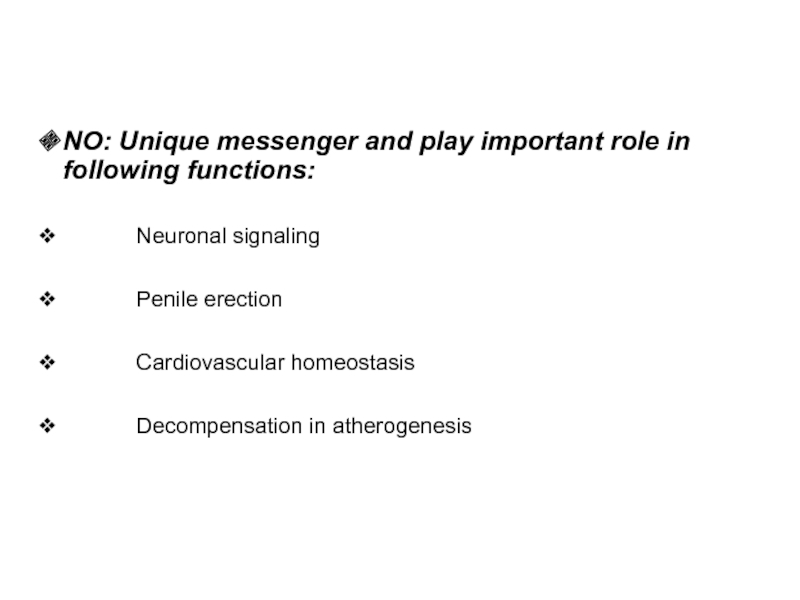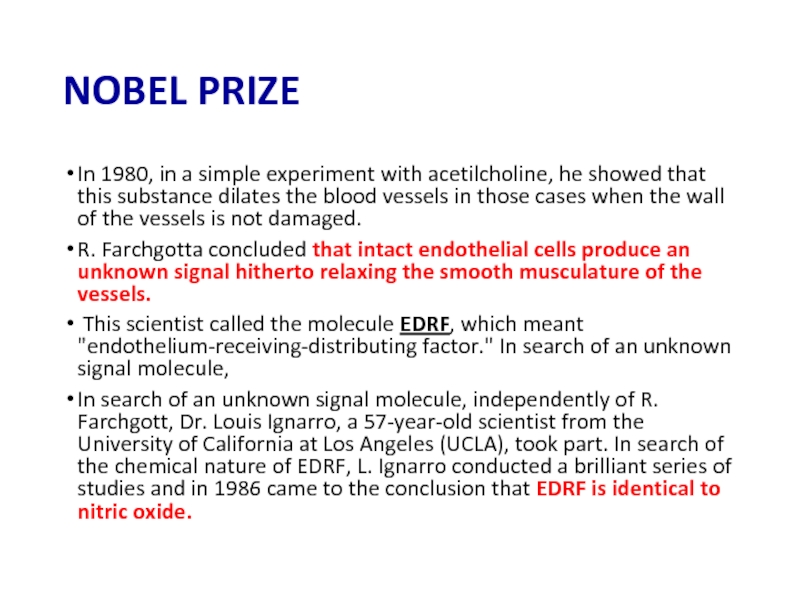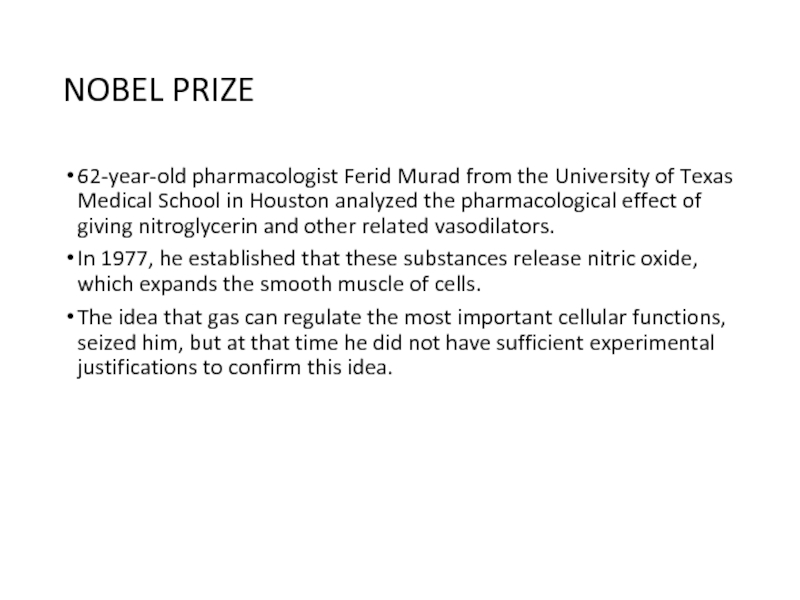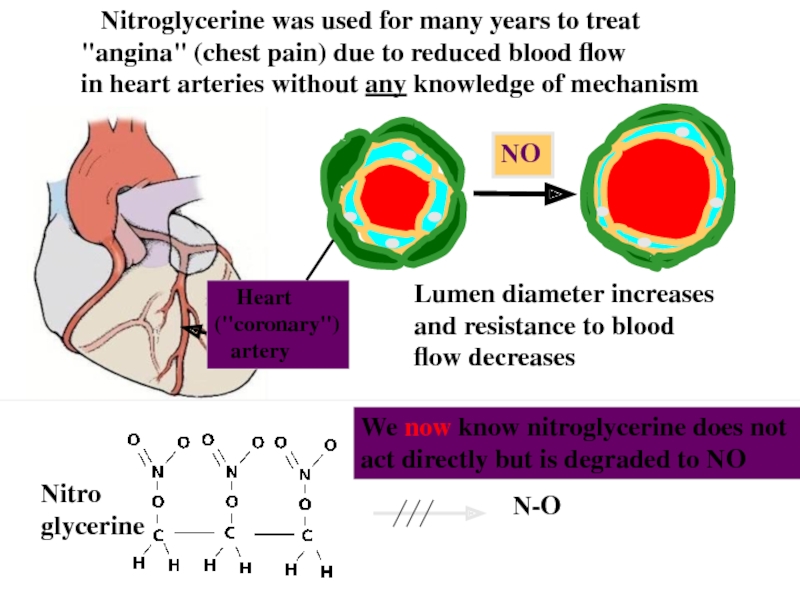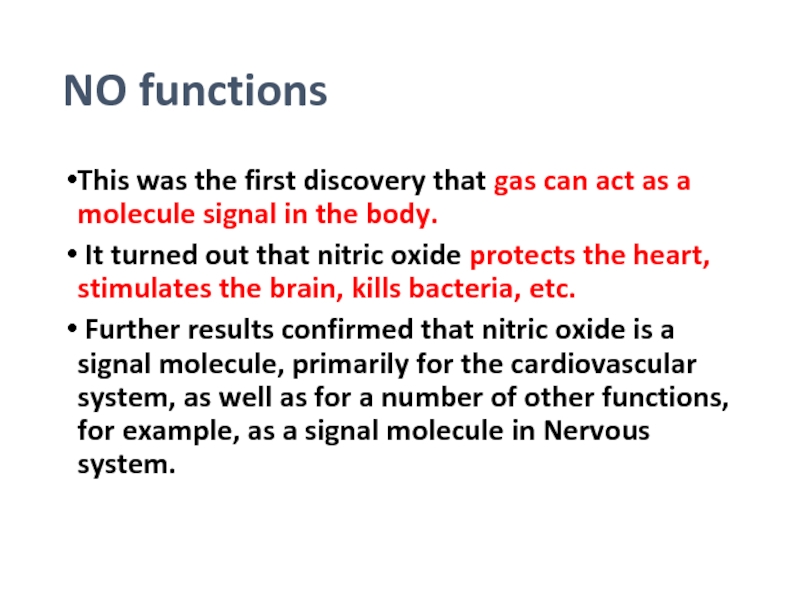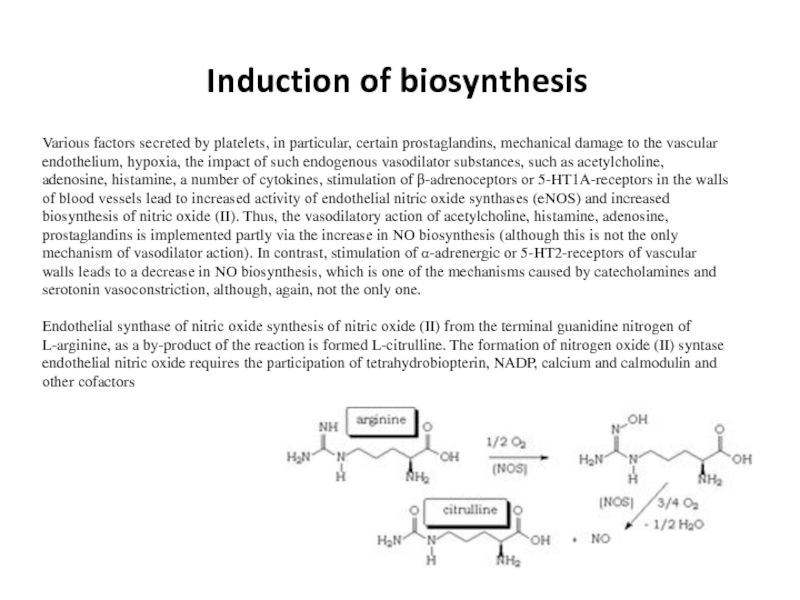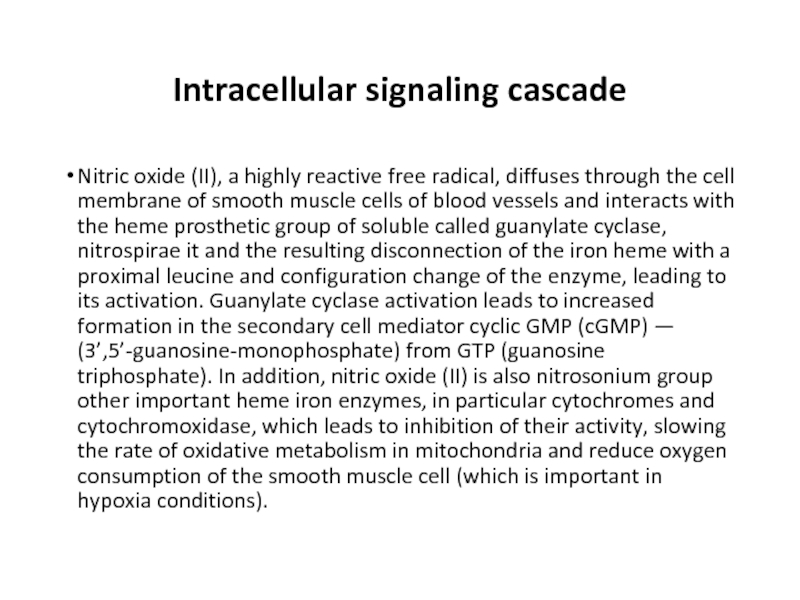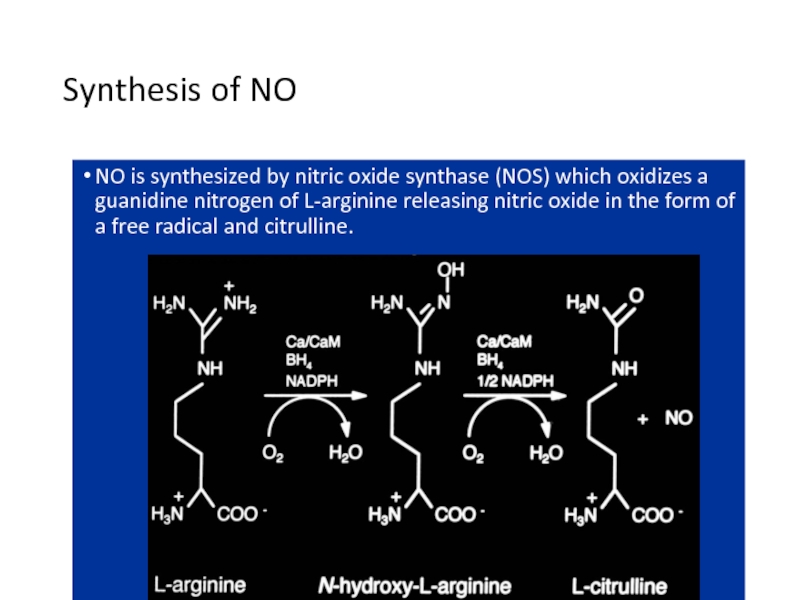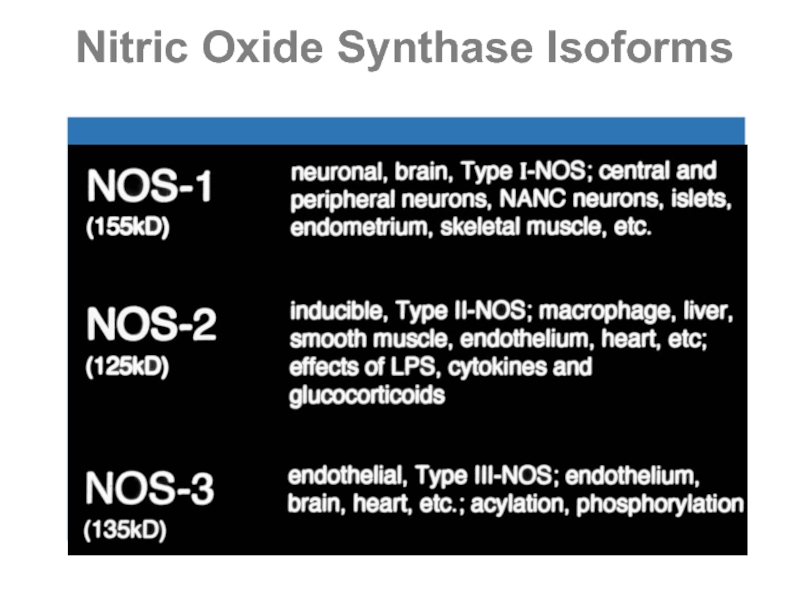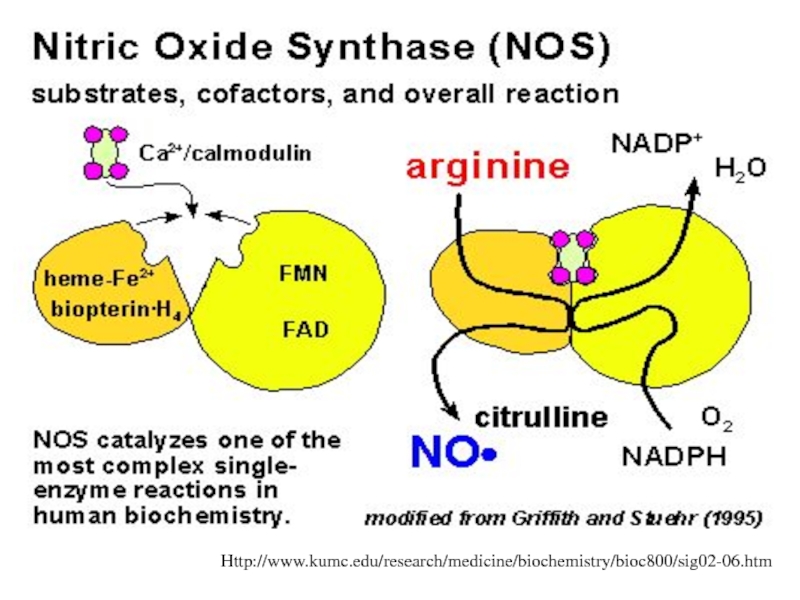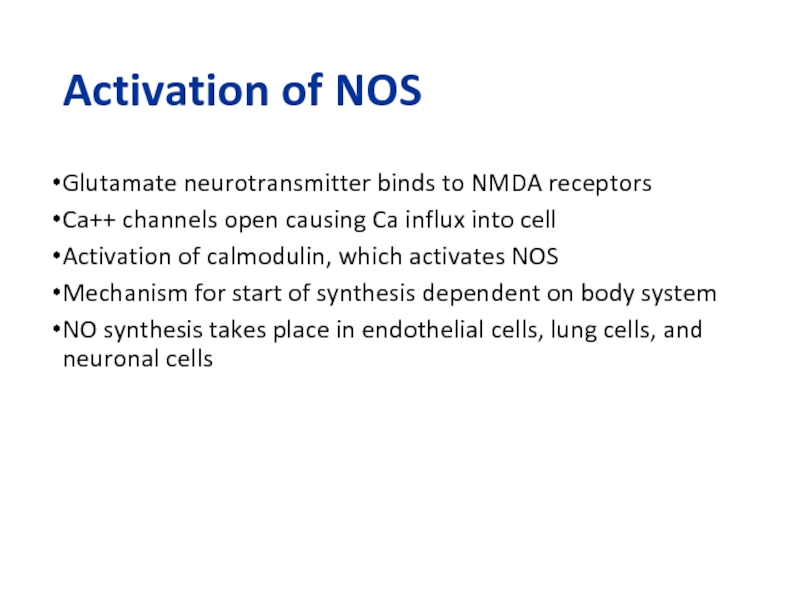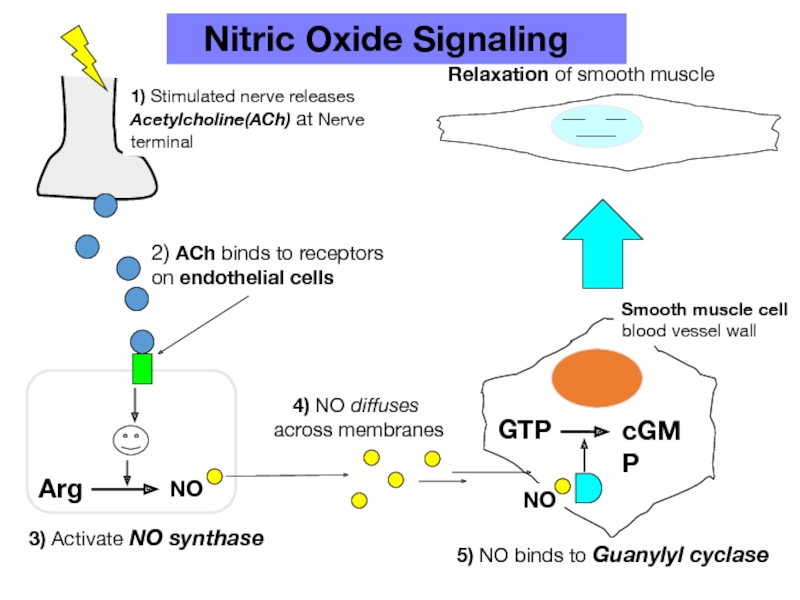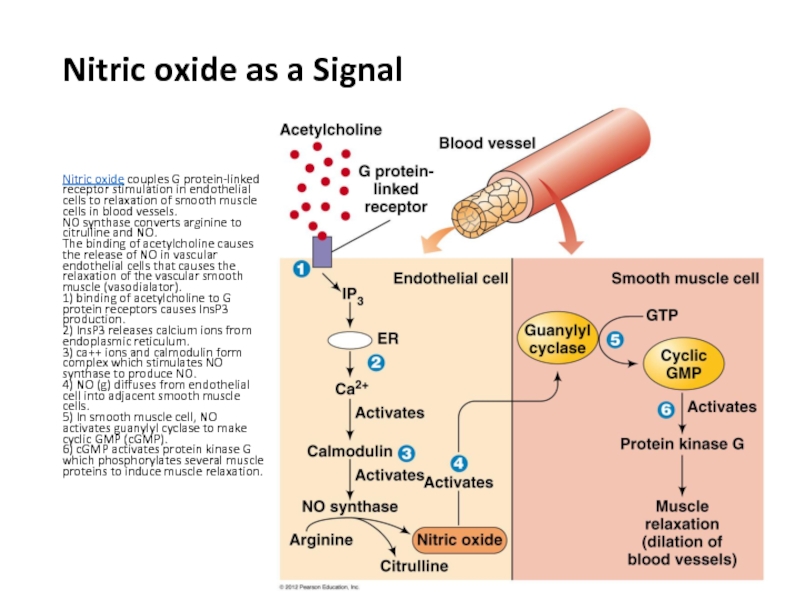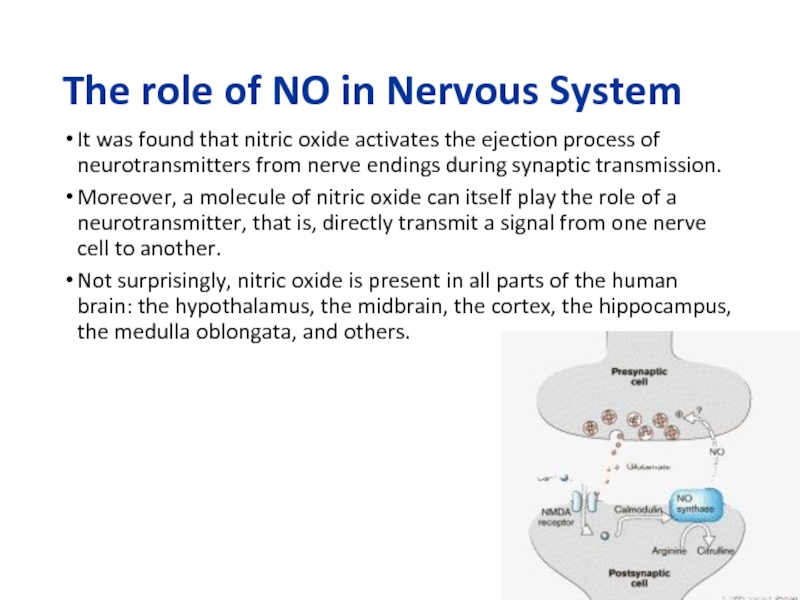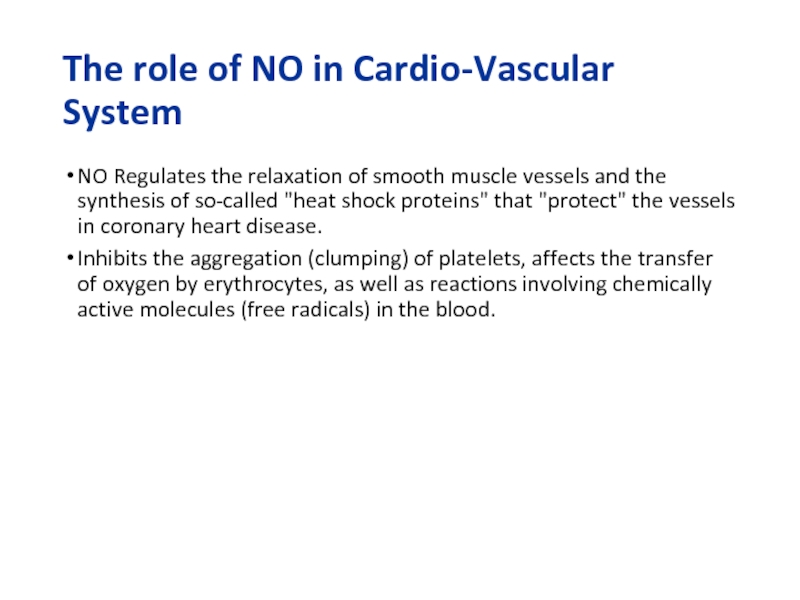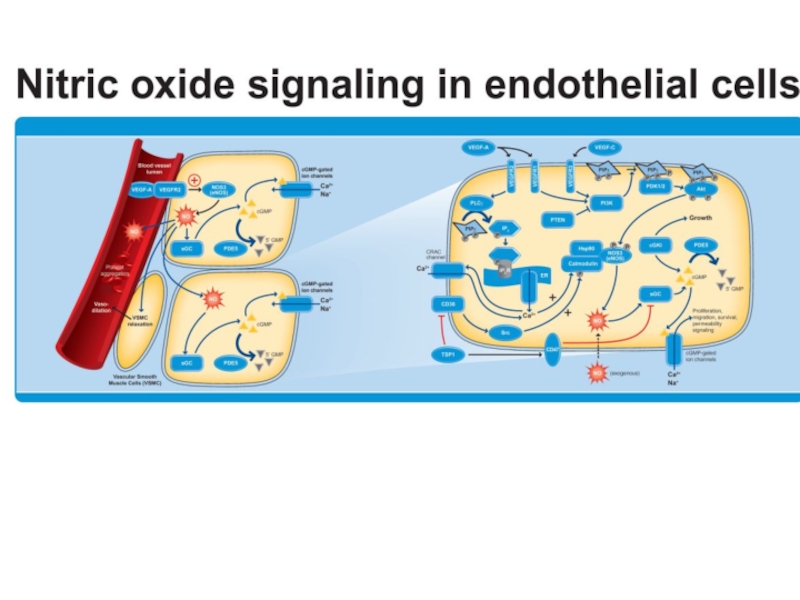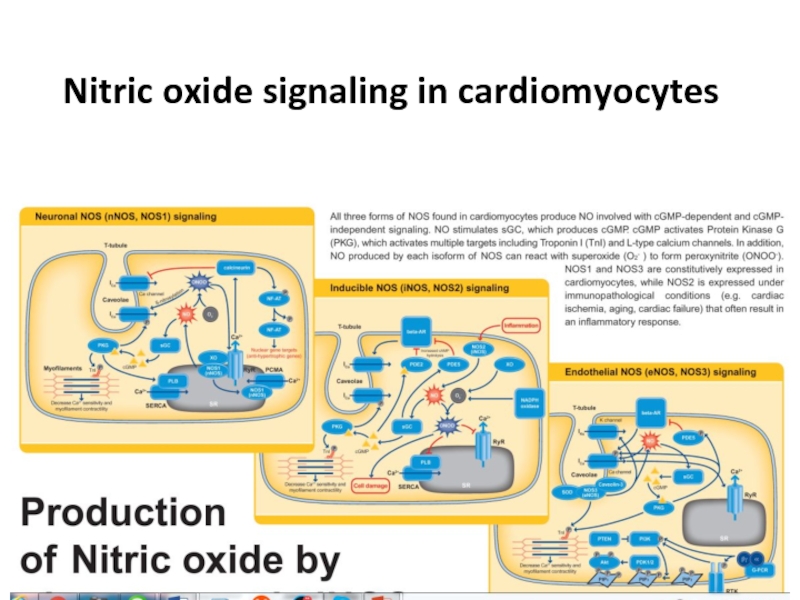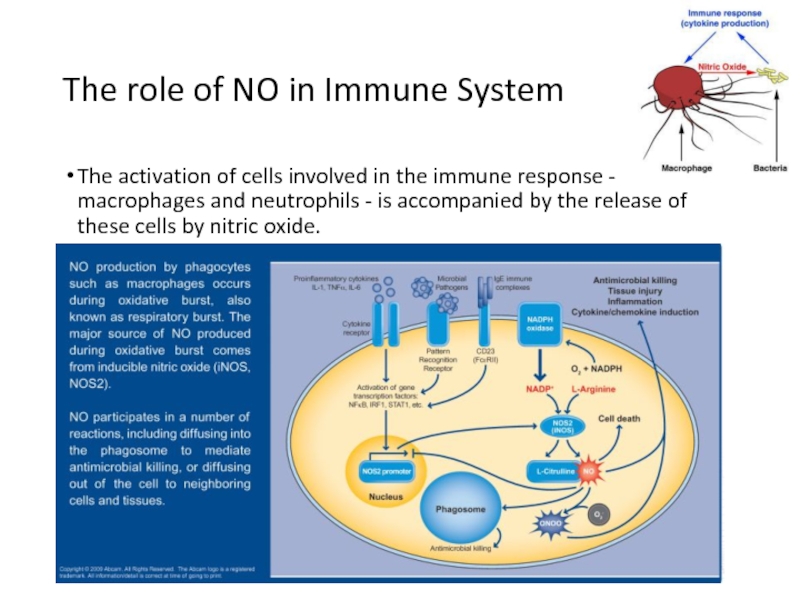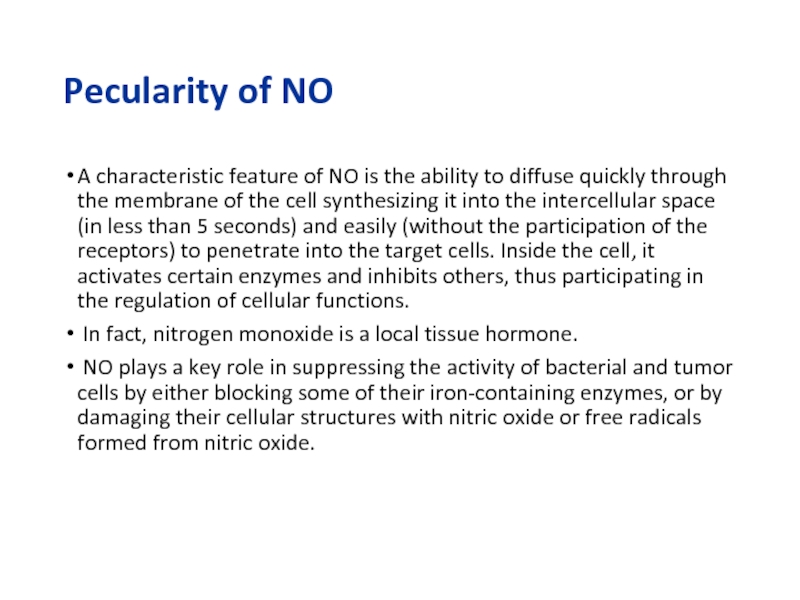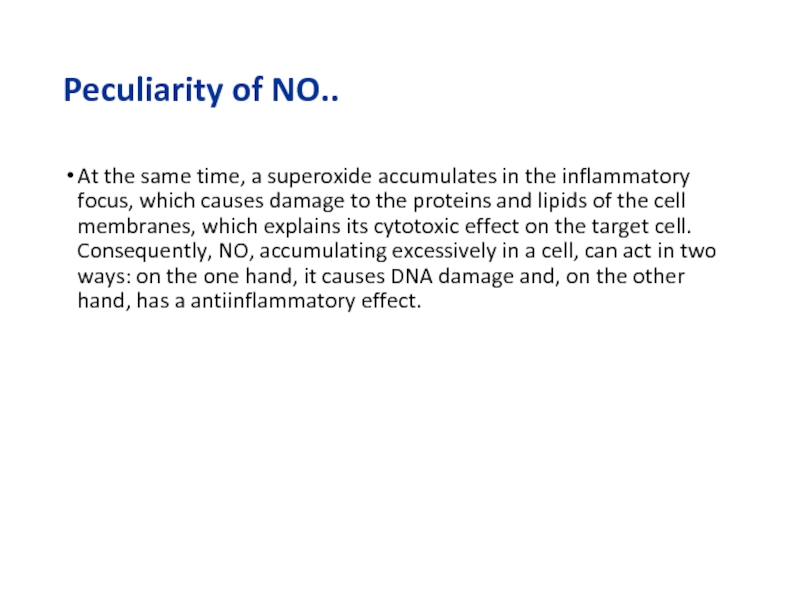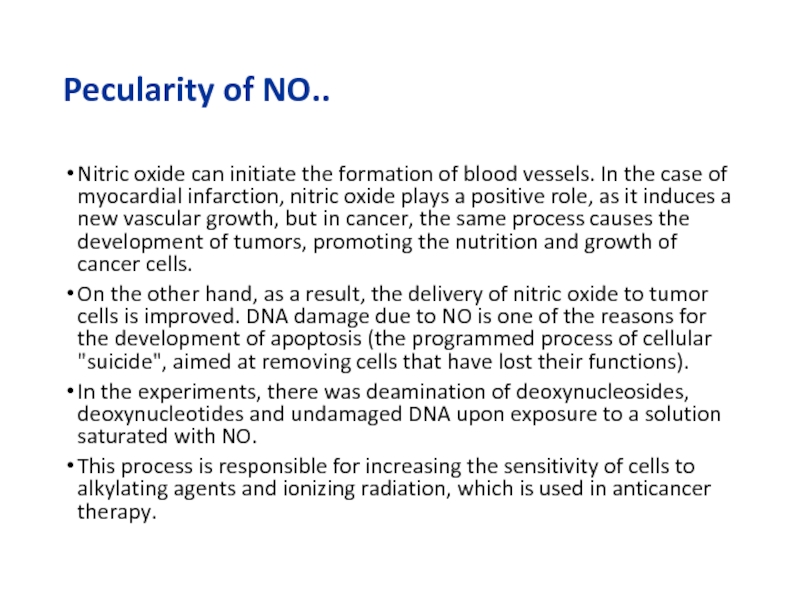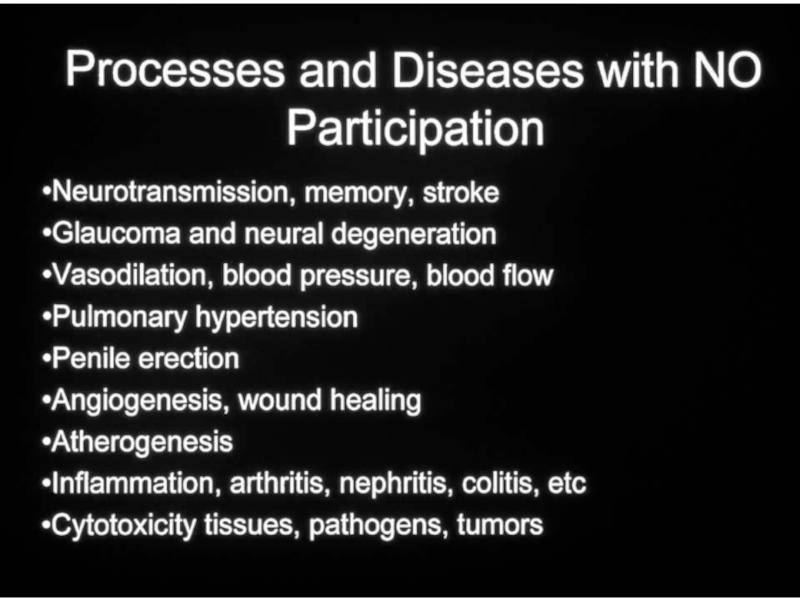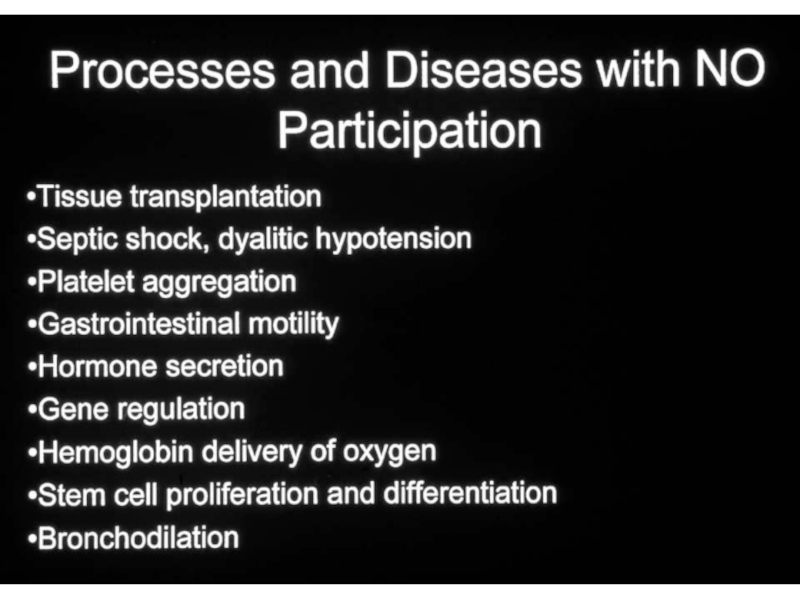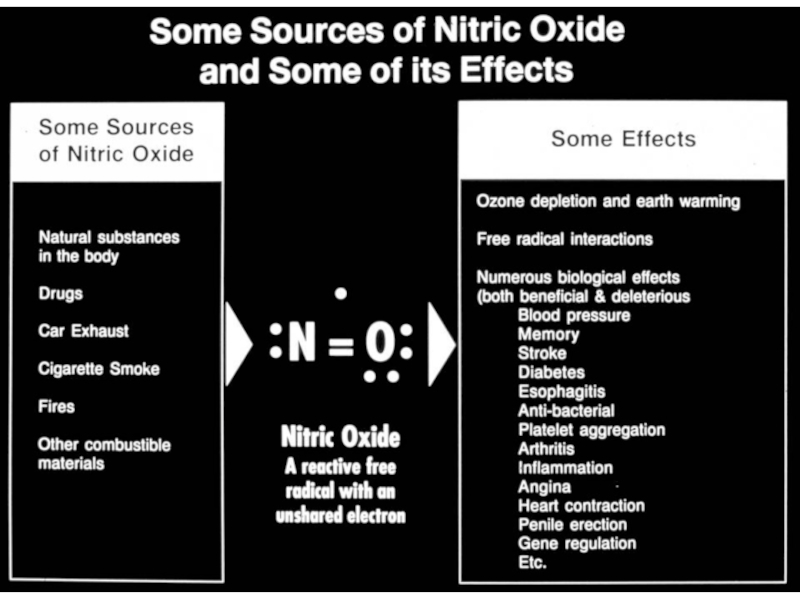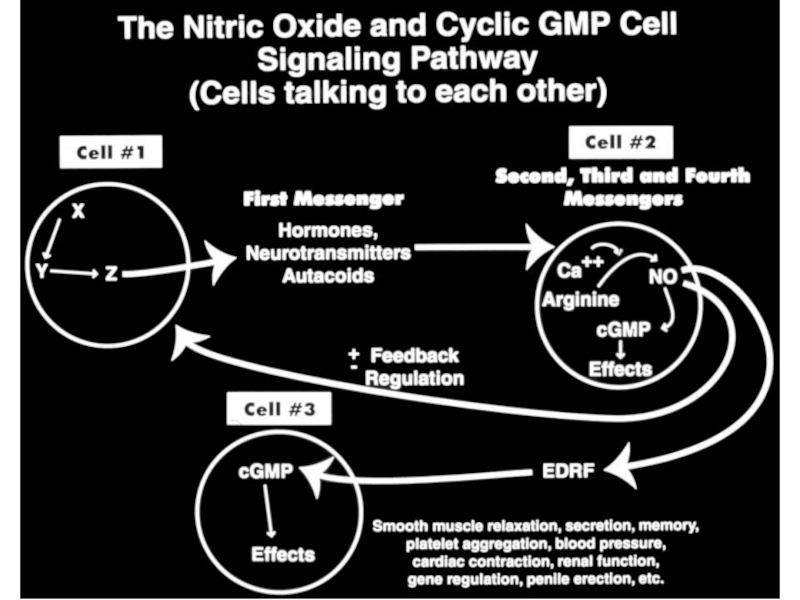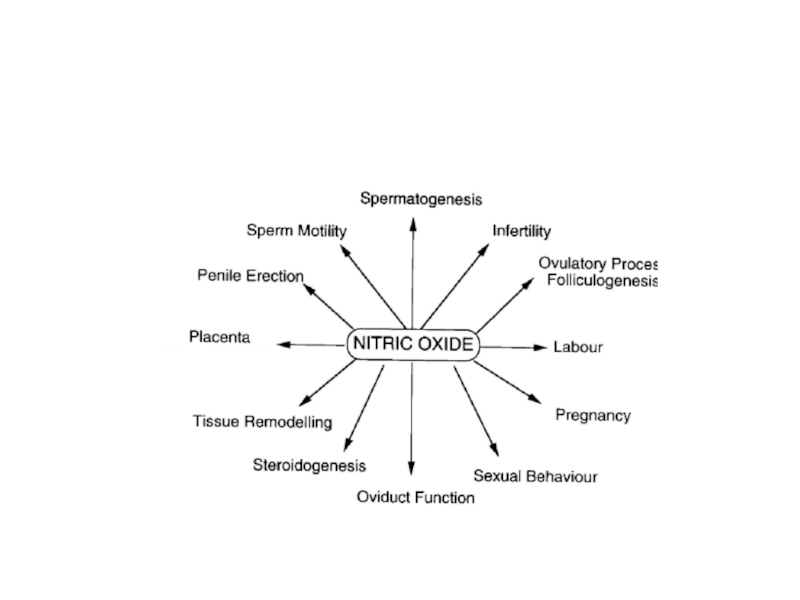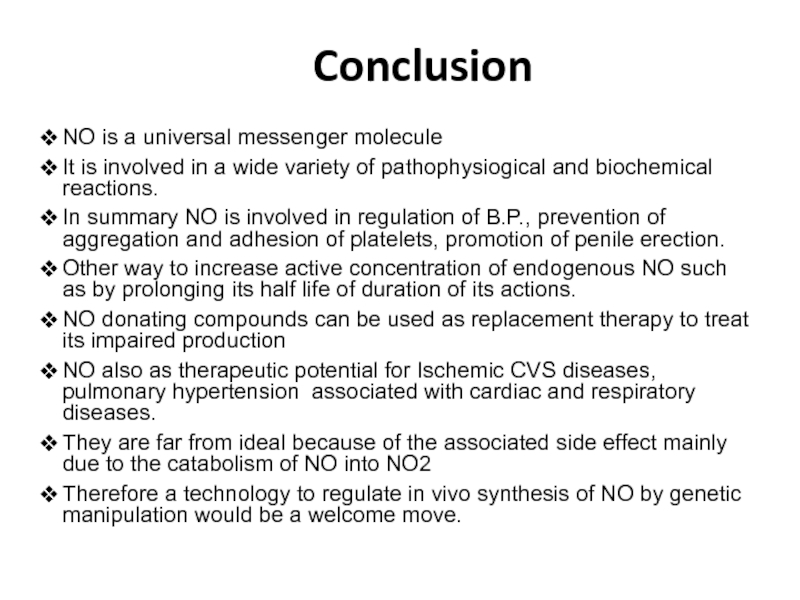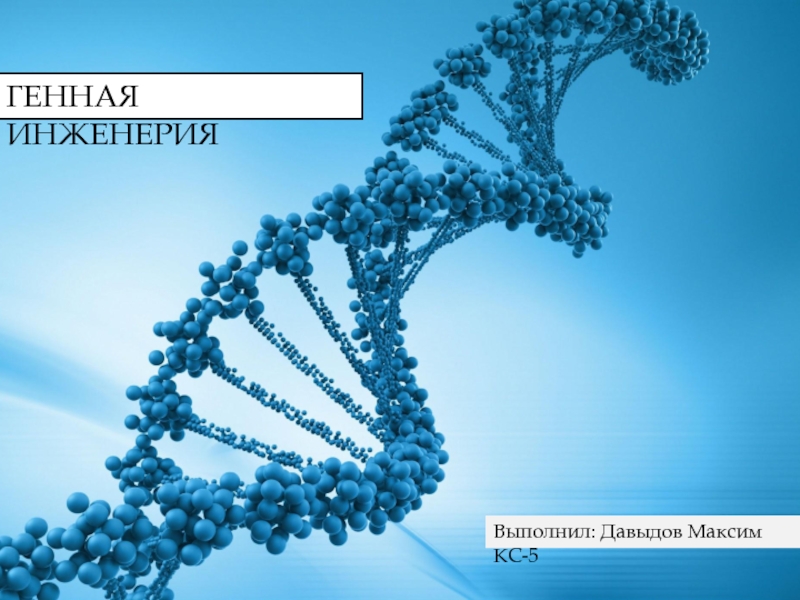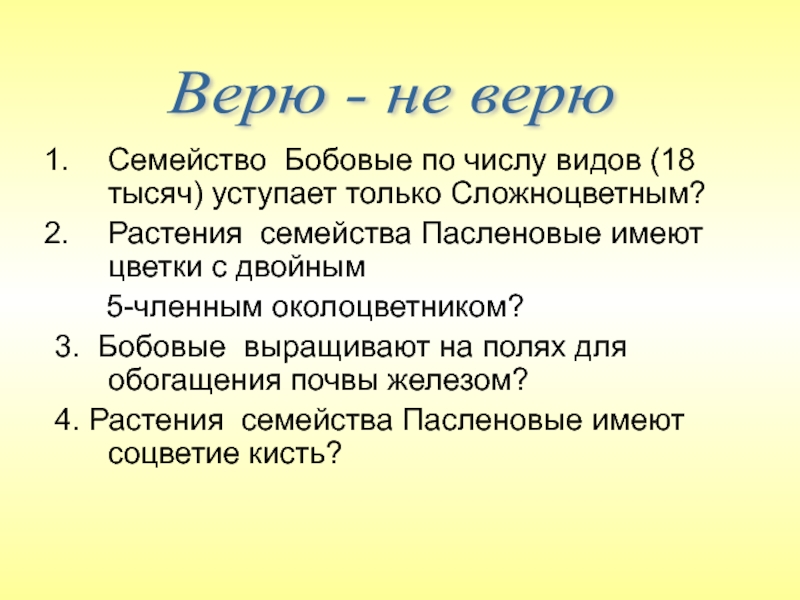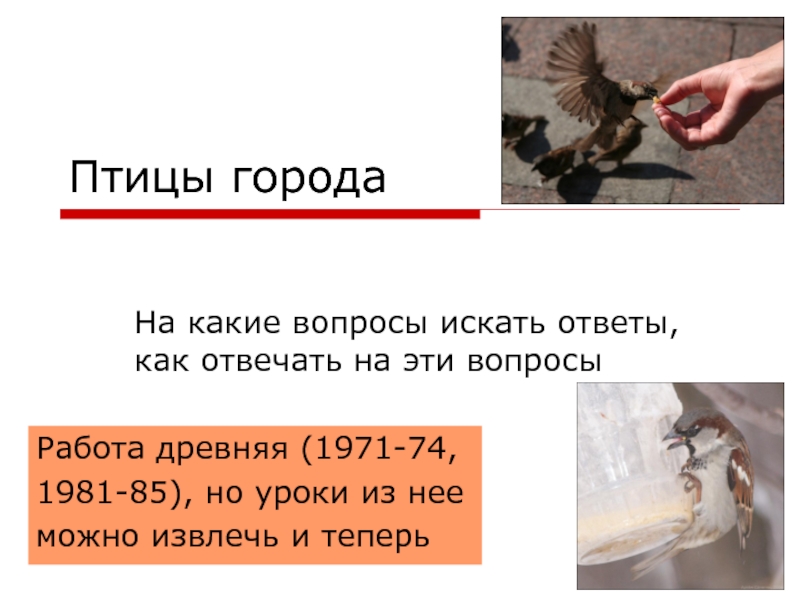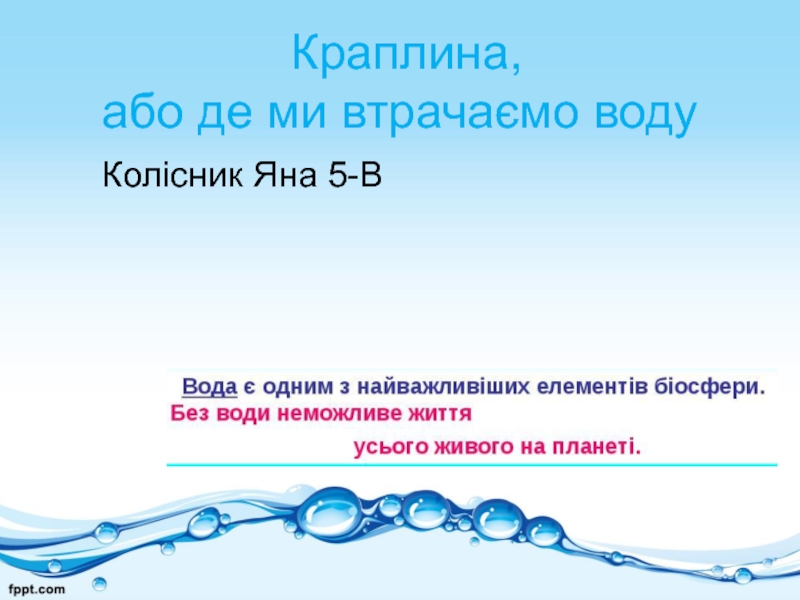- Главная
- Разное
- Дизайн
- Бизнес и предпринимательство
- Аналитика
- Образование
- Развлечения
- Красота и здоровье
- Финансы
- Государство
- Путешествия
- Спорт
- Недвижимость
- Армия
- Графика
- Культурология
- Еда и кулинария
- Лингвистика
- Английский язык
- Астрономия
- Алгебра
- Биология
- География
- Детские презентации
- Информатика
- История
- Литература
- Маркетинг
- Математика
- Медицина
- Менеджмент
- Музыка
- МХК
- Немецкий язык
- ОБЖ
- Обществознание
- Окружающий мир
- Педагогика
- Русский язык
- Технология
- Физика
- Философия
- Химия
- Шаблоны, картинки для презентаций
- Экология
- Экономика
- Юриспруденция
Biological effects of nitric oxide and its role in cell signaling презентация
Содержание
- 1. Biological effects of nitric oxide and its role in cell signaling
- 2. What is Nitric Oxide? First described in
- 3. Background Information Prior to 1990: An air
- 4. The structure and nature of Nitric Oxide
- 5. NO: Unique messenger and play
- 6. NOBEL PRIZE Dr. Robert Farchgott, an 82-year-old
- 7. NOBEL PRIZE In 1980, in a simple
- 8. NOBEL PRIZE 62-year-old pharmacologist Ferid Murad from
- 9. Nitroglycerine was used for many
- 10. NO functions This was the first discovery
- 11. Induction of biosynthesis Various factors secreted by
- 12. Intracellular signaling cascade Nitric oxide (II), a
- 13. Synthesis of NO NO is synthesized by
- 14. Nitric Oxide Synthase Isoforms
- 15. Types of NOS NOS I Central and
- 16. Http://www.kumc.edu/research/medicine/biochemistry/bioc800/sig02-06.htm
- 17. Activation of NOS Glutamate neurotransmitter binds to
- 19. Nitric oxide as a Signal
- 20. The role of NO in Nervous System
- 21. The role of NO in Cardio-Vascular System
- 23. Nitric oxide signaling in cardiomyocytes
- 24. The role of NO in Immune System
- 25. Pecularity of NO A characteristic feature of
- 26. Peculiarity of NO.. At the same time,
- 27. Pecularity of NO.. Nitric oxide can initiate
Слайд 2What is Nitric Oxide?
First described in 1979 as a potent relaxant
Used by the body as a signaling molecule.
Serves different functions depending on body system. i.e. neurotransmitter, vasodilator, bactericide.
Environmental Pollutant
First gas known to act as a biological messenger
Слайд 3Background Information
Prior to 1990: An air pollutant
Named “Molecule of the Year”
Robert Furchgott, Louis J Ignore, Ferid Murad:
Nobel Prize 1998 “Discovery of the role of nitric oxide as a signal molecule in the cardiovascular system. “”
Properties of NO:
Small water and lipid soluble gas
Gaseous free radical
Three interchangeable forms:
NO: Nitric Oxide
NO+: Nitrosonium cation
NO- : Nitroxyl Radical
Слайд 4The structure and nature of Nitric Oxide
Nitric oxide is a diatomic
Lipid soluble and very small for easy passage between cell membranes
Short lived, usually degraded or reacted within a few seconds
The natural form is a gas
N
O
Слайд 5
NO: Unique messenger and play important role in following functions:
Penile erection
Cardiovascular homeostasis
Decompensation in atherogenesis
Слайд 6NOBEL PRIZE
Dr. Robert Farchgott, an 82-year-old pharmacist at the University of
The scientist was interested in whether the opposite results can depend on the condition of the inner surface (endothelium) of the cells inside the blood vessels.
Слайд 7NOBEL PRIZE
In 1980, in a simple experiment with acetilcholine, he showed
R. Farchgotta concluded that intact endothelial cells produce an unknown signal hitherto relaxing the smooth musculature of the vessels.
This scientist called the molecule EDRF, which meant "endothelium-receiving-distributing factor." In search of an unknown signal molecule,
In search of an unknown signal molecule, independently of R. Farchgott, Dr. Louis Ignarro, a 57-year-old scientist from the University of California at Los Angeles (UCLA), took part. In search of the chemical nature of EDRF, L. Ignarro conducted a brilliant series of studies and in 1986 came to the conclusion that EDRF is identical to nitric oxide.
Слайд 8NOBEL PRIZE
62-year-old pharmacologist Ferid Murad from the University of Texas Medical
In 1977, he established that these substances release nitric oxide, which expands the smooth muscle of cells.
The idea that gas can regulate the most important cellular functions, seized him, but at that time he did not have sufficient experimental justifications to confirm this idea.
Слайд 9 Nitroglycerine was used for many years to treat
"angina" (chest
in heart arteries without any knowledge of mechanism
Lumen diameter increases
and resistance to blood
flow decreases
Heart
("coronary")
artery
NO
Слайд 10NO functions
This was the first discovery that gas can act as
It turned out that nitric oxide protects the heart, stimulates the brain, kills bacteria, etc.
Further results confirmed that nitric oxide is a signal molecule, primarily for the cardiovascular system, as well as for a number of other functions, for example, as a signal molecule in Nervous system.
Слайд 11Induction of biosynthesis
Various factors secreted by platelets, in particular, certain prostaglandins,
Endothelial synthase of nitric oxide synthesis of nitric oxide (II) from the terminal guanidine nitrogen of L-arginine, as a by-product of the reaction is formed L-citrulline. The formation of nitrogen oxide (II) syntase endothelial nitric oxide requires the participation of tetrahydrobiopterin, NADP, calcium and calmodulin and other cofactors
Слайд 12Intracellular signaling cascade
Nitric oxide (II), a highly reactive free radical, diffuses
Слайд 13Synthesis of NO
NO is synthesized by nitric oxide synthase (NOS) which
Слайд 15Types of NOS
NOS I
Central and peripheral neuronal cells
Ca+2 dependent, used for
NOS II
Most nucleated cells, particularly macrophages
Independent of intracellular Ca+2
Inducible in presence of inflammatory cytokines
NOS III
Vascular endothelial cells
Ca+2 dependent
Vascular regulation
Слайд 17Activation of NOS
Glutamate neurotransmitter binds to NMDA receptors
Ca++ channels open causing
Activation of calmodulin, which activates NOS
Mechanism for start of synthesis dependent on body system
NO synthesis takes place in endothelial cells, lung cells, and neuronal cells
Слайд 18
Arg
NO
GTP
cGMP
5) NO binds to Guanylyl cyclase
Relaxation of smooth muscle
NO
Smooth muscle cell
4) NO diffuses
across membranes
2) ACh binds to receptors
on endothelial cells
3) Activate NO synthase
1) Stimulated nerve releases
Acetylcholine(ACh) at Nerve terminal
Nitric Oxide Signaling
Слайд 19Nitric oxide as a Signal
Nitric oxide couples G protein-linked receptor stimulation in
Слайд 20The role of NO in Nervous System
It was found that nitric
Moreover, a molecule of nitric oxide can itself play the role of a neurotransmitter, that is, directly transmit a signal from one nerve cell to another.
Not surprisingly, nitric oxide is present in all parts of the human brain: the hypothalamus, the midbrain, the cortex, the hippocampus, the medulla oblongata, and others.
Слайд 21The role of NO in Cardio-Vascular System
NO Regulates the relaxation of
Inhibits the aggregation (clumping) of platelets, affects the transfer of oxygen by erythrocytes, as well as reactions involving chemically active molecules (free radicals) in the blood.
Слайд 24The role of NO in Immune System
The activation of cells involved
Слайд 25Pecularity of NO
A characteristic feature of NO is the ability to
In fact, nitrogen monoxide is a local tissue hormone.
NO plays a key role in suppressing the activity of bacterial and tumor cells by either blocking some of their iron-containing enzymes, or by damaging their cellular structures with nitric oxide or free radicals formed from nitric oxide.
Слайд 26Peculiarity of NO..
At the same time, a superoxide accumulates in the
Слайд 27Pecularity of NO..
Nitric oxide can initiate the formation of blood vessels.
On the other hand, as a result, the delivery of nitric oxide to tumor cells is improved. DNA damage due to NO is one of the reasons for the development of apoptosis (the programmed process of cellular "suicide", aimed at removing cells that have lost their functions).
In the experiments, there was deamination of deoxynucleosides, deoxynucleotides and undamaged DNA upon exposure to a solution saturated with NO.
This process is responsible for increasing the sensitivity of cells to alkylating agents and ionizing radiation, which is used in anticancer therapy.
Слайд 33
NO is a universal messenger molecule
It is involved in a wide variety of pathophysiogical and biochemical reactions.
In summary NO is involved in regulation of B.P., prevention of aggregation and adhesion of platelets, promotion of penile erection.
Other way to increase active concentration of endogenous NO such as by prolonging its half life of duration of its actions.
NO donating compounds can be used as replacement therapy to treat its impaired production
NO also as therapeutic potential for Ischemic CVS diseases, pulmonary hypertension associated with cardiac and respiratory diseases.
They are far from ideal because of the associated side effect mainly due to the catabolism of NO into NO2
Therefore a technology to regulate in vivo synthesis of NO by genetic manipulation would be a welcome move.
